A safety device commonly installed on process vessels containing pressurized gases is a Pressure Safety Valve or PSV.
PSV Lift Pressure
In this example, a PSV protects a storage tank against rupture from excessive internal gas pressure, with the PSV set to open (“lift”) and vent the tank if the internal pressure exceeds 2 inches water column:
Calculate the total upward force exerted on the circular roof of this cylindrical storage tank at the PSV lift pressure, expressed in the unit of tons. F = ______ tons.
Share your answers with us through the below comments section.
Read Next:
Credits: Tony R. Kuphaldt
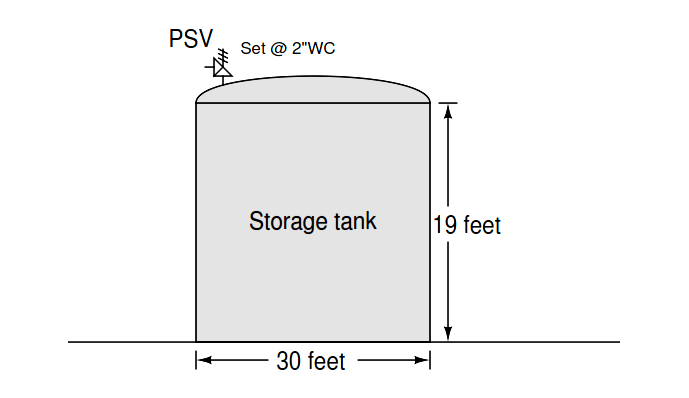
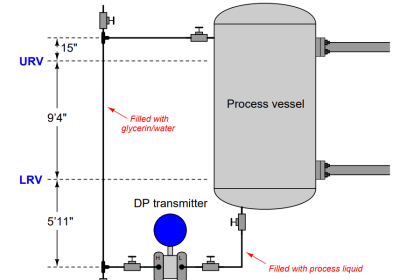
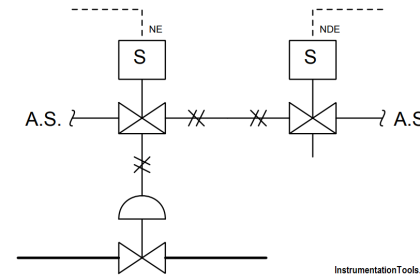
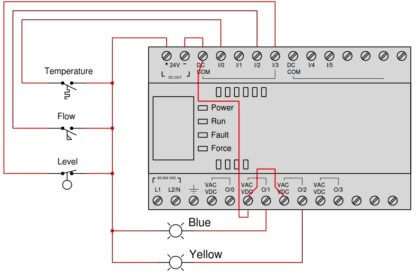
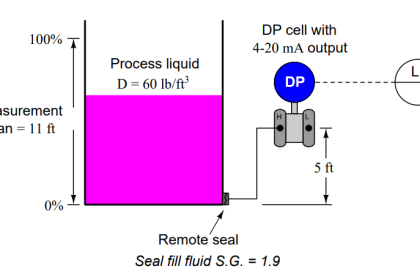

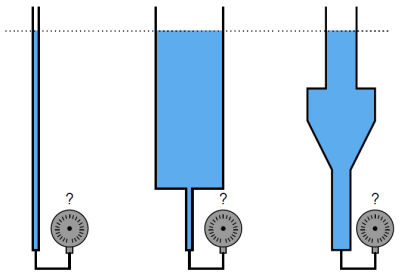
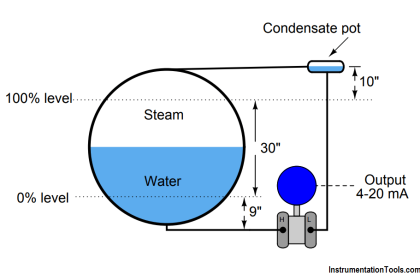


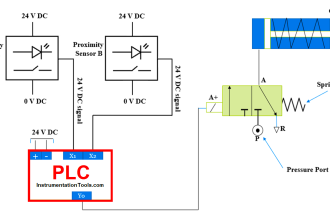
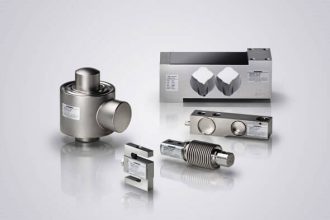
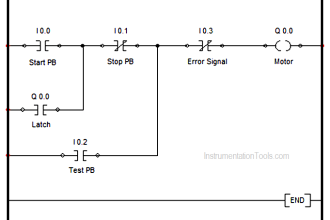


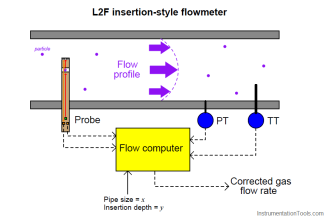
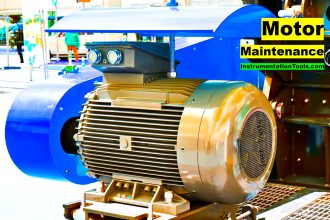

For the question attached in https://instrumentationtools.com/calculate-psv-lift-pressure/ this URL the answer is
area 13430.31 ft
1247.71609 m2
12477160.9 cm2
pressure 2 mmWC
0.0002 ksc
Force pressure x area
2495.43218 kgs
2.49543218 ton